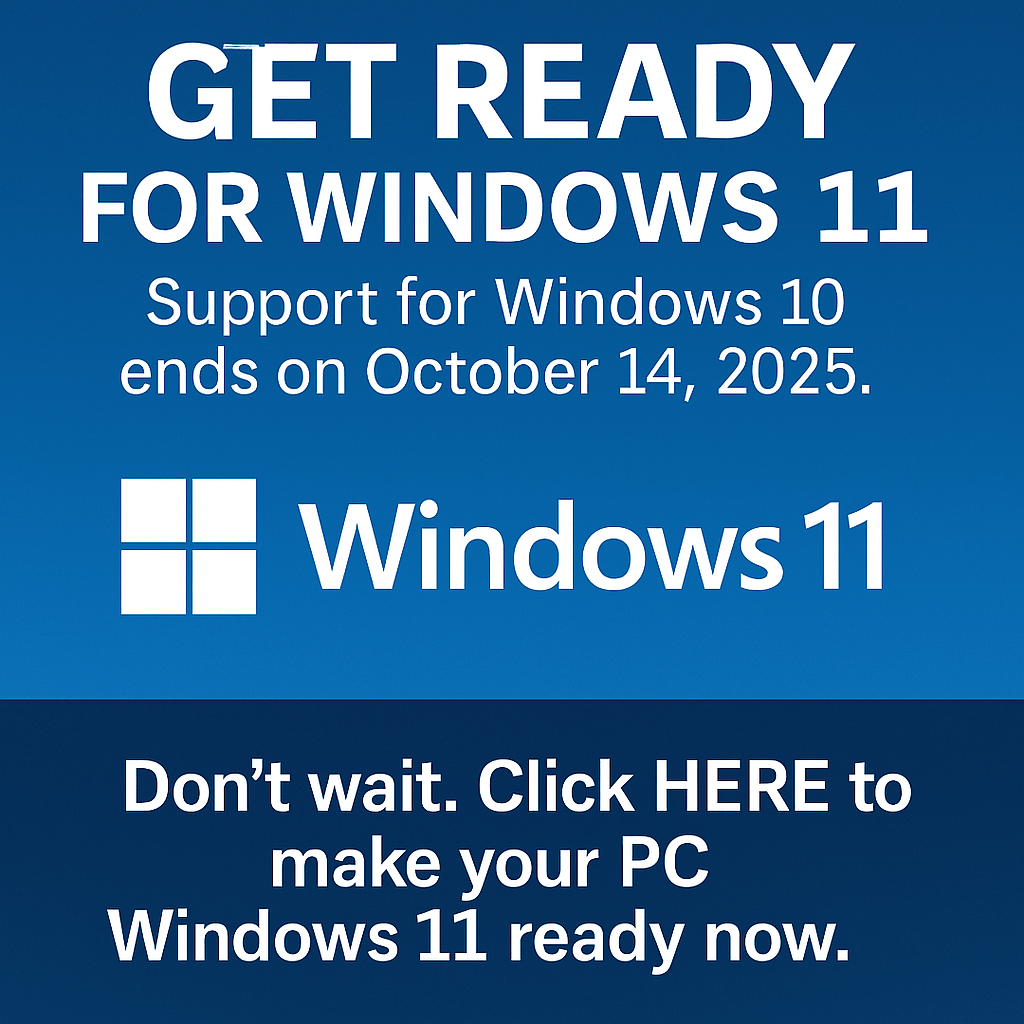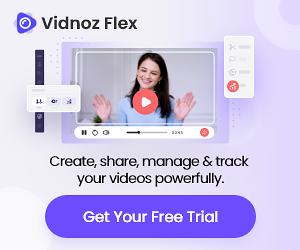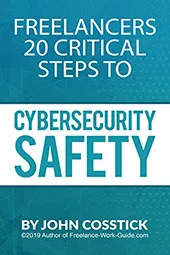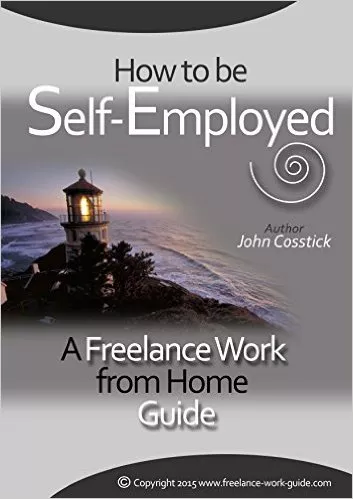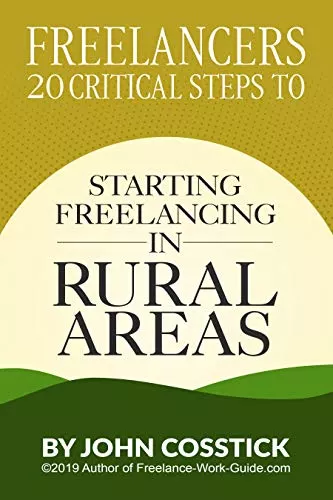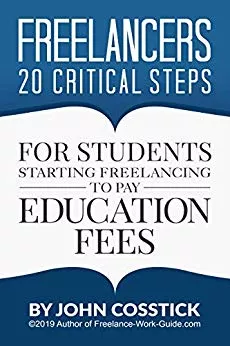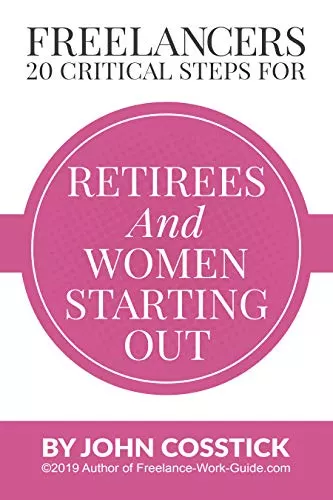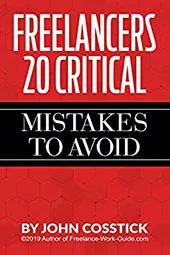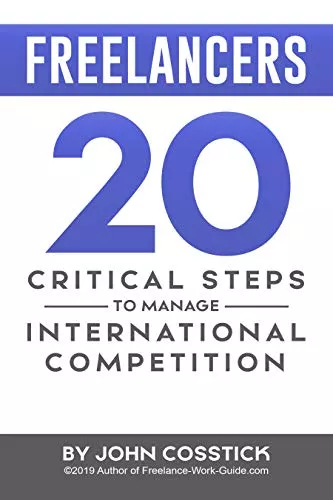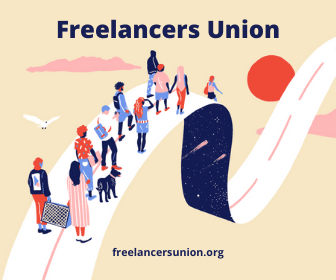In today’s job market, having a strong LinkedIn profile is key. This guide will show you how to make your profile better. You’ll learn tips to attract recruiters and employers and to grow your network.
Whether you’re looking for a job or building your career, these tips will help. They focus on making your profile visually appealing and strategic. This way, you’ll get noticed by hiring managers and industry leaders.
The guide covers everything from making your summary stand out to showcasing your achievements. It’s all about making your LinkedIn profile work for you.
Key Takeaways
- LinkedIn profile optimization increases visibility and career opportunities.
- Actionable strategies enhance profiles for job seekers and professionals.
- Learn how to improve your LinkedIn profile with visual and content upgrades.
- Proven techniques boost recruiter attention and engagement metrics.
- The comprehensive guide covers LinkedIn profile tips for all career stages.
Understanding the Power of LinkedIn for Professional Growth
LinkedIn is more than a digital resume. It’s a key to unlocking career advancement. With 740 million users worldwide and 95% of recruiters using it, it’s crucial for visibility. Making your profile shine ensures you’re seen by opportunities, not just waiting for them.
“95% of recruiters use LinkedIn to identify candidates,” says LinkedIn’s 2023 Talent Solutions Report, highlighting its role as a recruitment hub.
Why LinkedIn Matters in Today’s Job Market
Those who optimize their LinkedIn profiles see 3x more engagement. Recruiters check profiles every day, making it vital to have a strong presence. A solid LinkedIn profile is key for career success today.
How Recruiters Use LinkedIn to Find Candidates
- Keyword searches targeting skills and experience
- Filtering by location, industry, and endorsements
- Reviewing activity history and shared content

The Connection Between LinkedIn Optimization and Career Opportunities
|
Profile Type |
Monthly Views |
Opportunity Requests |
|
Basic Profile |
150 views |
2-3/month |
|
Optimized Profile |
500+ views |
10+ /month |
Optimized profiles get 40% more connection requests than basic ones. LinkedIn profile development turns passive profiles into active career boosters. It transforms online presence into real-world chances.
Creating a Professional Profile Photo That Makes the Right Impression
Your LinkedIn profile photo is the first thing people see. A professional photo can increase views by up to 21 times. It’s a key part of your linkedin profile makeover. Here’s how to make a photo that shows your skills and friendliness.
- Wear attire matching your industry—business casual for corporate roles, professional scrubs for healthcare, or tailored clothing for legal fields.
- Choose a clean, neutral background to avoid distractions.
- Use natural lighting to ensure clarity and a polished appearance.
- Smile warmly to project confidence and approachability.
|
Industry |
Recommended Attire |
Background |
|
Tech |
Collar shirt/blazer |
Neutral wall or minimalist desk |
|
Healthcare |
Professional scrubs or lab coat |
Clinical setting |
|
Marketing |
Colorful blouse or modern suit |
Creative workspace |
|
Education |
Blazer or academic attire |
Classroom or library backdrop |
Avoid common mistakes:
- Casual or outdated clothing
- Group photos or selfies
- Overly filtered or grainy images
- Busy or cluttered backgrounds
You can do a LinkedIn profile makeover yourself. Use a smartphone in natural light, place your face in the center, and edit lightly. Apps like Adobe Lightroom or VSCO can improve lighting without overdoing it. These LinkedIn profile tips help your photo match your professional image. A good photo boosts your LinkedIn profile visibility and trustworthiness, making you more noticeable in searches and connections.
Crafting an Attention-Grabbing Headline Beyond Your Job Title
Your LinkedIn headline is like a digital elevator pitch. A simple job title like “Marketing Manager” gets lost in the sea of profiles. Here are some tips to make it a beacon for new opportunities.
Formula for an Effective LinkedIn Headline
Follow this formula to catch eyes:
- Role/Industry: “Digital Marketing”
- Expertise: “SEO & Analytics Specialist”
- Value: “Driving 30%+ ROI for E-commerce Campaigns”
Examples of Powerful Headlines That Drive Profile Views
- Before: “Sales Associate” → After: “Sales Strategy Consultant | Client Retention Solutions for Tech Startups”
- Before: “Graphic Designer” → After: “Branding & UI/UX Designer | Turning Ideas into Award-Winning Visuals”
Incorporating Keywords in Your Headline for Searchability
Recruiters look for specific skills like “project management” or “Python developer.” Here’s how to add them smoothly:
- Replace “Engineer” with “AI/ML Engineer | Healthcare Innovation Projects”
- Add terms in demand: “Remote UX Designer | Remote-Friendly UX Solutions for SaaS Companies”
LinkedIn’s algorithm favors headlines with keywords, boosting visibility by 30% for optimized profiles.
Getting good at this part of linkedin profile development can make your headline a key to success. It connects human interest with algorithmic preference. Update it now to follow linkedin profile optimization techniques and see your profile’s reach expand.
Writing a Compelling Summary That Tells Your Professional Story
Your LinkedIn summary is where your personal brand shines. Follow linkedin profile best practices to create a story that’s both professional and personal. Start with something bold to grab attention and skip generic phrases like “detail-oriented professional.”
- Begin with a bold statement or question to engage readers.
- Share 2-3 key strengths that match your career goals.
- Finish with a clear call to action, like inviting connections or collaboration.
|
Career Stage |
Focus Areas |
Example Snippet |
|
Entry-Level |
Show enthusiasm and growth mindset |
“Building expertise in UX design through hands-on projects and certifications” |
|
Mid-Career |
Showcase leadership and impact |
“Oversaw $2M+ project budgets while mentoring 15+ team members” |
|
Executive |
Position industry thought leadership |
“Driving innovation in renewable energy solutions since 2010” |
LinkedIn profile tips say to avoid third-person writing. Use “I” statements to sound real. For instance, say “I partner with clients to deliver measurable results” instead of “He has experience in project management.”
Your summary should answer: “Why should someone care about your work?” – LinkedIn Talent Solutions
Update your summary when your career changes, like moving to a new industry or getting promoted. Show off new skills while keeping your brand consistent. Read it out loud to make sure it feels like you.
Turn your LinkedIn experience section into a showcase of your impact. LinkedIn profile optimization is not just about listing jobs. It’s about showing how your work makes a difference.
Quantifying Achievements in Your Work Experience
Use numbers to show your success. For example, sales roles can talk about percentage increases. Creatives might count their projects.
Here’s how: “Increased client retention by 30%” or “Led 15+ campaigns with 90% client satisfaction.”
Action Verbs to Strengthen Experience Descriptions
|
Category |
Action Verbs |
|
Leadership |
Mentored, Delegated, Spearheaded |
|
Analysis |
Streamlined, Analyzed, Forecasted |
|
Communication |
Presented, Negotiated, Collaborated |
Highlighting Transferable Skills Across Roles
Show how your skills are valuable in different jobs. For example, a tech project manager moving to healthcare can talk about “process optimization” and “team coordination.”
Use bullet points to make your career path clear. Employers like stories that show growth and skills, not just job titles. Use verbs from the table to make your experience stand out.
Showcasing Your Education and Certifications Effectively
When you’re working on your LinkedIn profile, don’t overlook your education and certifications. A LinkedIn profile makeover is more than just listing your degrees. It’s about showing off your skills through coursework, academic awards, or leadership roles. For instance, a new grad might highlight their thesis, while someone in the middle of their career could focus on advanced certifications.
|
Stage |
Education Focus |
Certifications to Prioritize |
|
Recent Graduates |
Relevant coursework, GPA (if strong), campus leadership |
Industry-specific entry-level certs (e.g., Google Analytics) |
|
Mid-Career |
Institution, specialized programs |
Advanced credentials (e.g., PMP, AWS Certified) |
|
Experienced Professionals |
Legacy institutions, executive education |
Emerging field certs (e.g., AI, cybersecurity) |
- Include platforms like Coursera or LinkedIn Learning courses to show continuous learning.
- List international qualifications with location context (e.g., “Bachelor of Engineering, National University of Singapore”).
Use bullet points to format certifications, add dates, and issuing organizations.
For degrees that are still in progress, mention your status (e.g., “Enrolled in MBA, Expected Graduation 2025”). LinkedIn profile development is about finding the right balance. List your certifications in reverse order and use keywords like “certified” or “accredited” for better search results. These LinkedIn profile best practices make your education section a valuable asset in any industry.
Leveraging Recommendations and Endorsements to Build Credibility
Recommendations and endorsements are crucial for LinkedIn profile optimization techniques. They prove your skills, making your profile pop in recruiter searches. Focus on quality over quantity and align them with your career goals.
How to Request Meaningful Recommendations
Ask people who’ve seen your work up close. Use specific requests like: “How did I help on [specific project]?” or “Do you think I’m good at [skill] from our work together?”
Ask after projects or promotions when memories are fresh. Get recommendations from peers, supervisors, and others across departments. This shows you’re well-rounded.
Strategically Managing Skill Endorsements
Check your skills section often to optimize LinkedIn profile relevance. Remove old or irrelevant skills to clear up confusion. List 15-20 skills that matter for your dream jobs.
Use LinkedIn’s Skill Assessments to show off verified skills like digital marketing or project management. Replace generic skills like “team player” with specific ones.
Reciprocity Best Practices
“Building trust requires genuine engagement, not transactional exchanges.”
Give recommendations freely without expecting anything in return. Share a thoughtful endorsement on someone’s profile every week to build goodwill. When asked to endorse, only say you can vouch for skills you really know.
This enhanced LinkedIn profile strategy makes your network stronger and shows you’re professional.
Publishing and Sharing Content That Establishes Your Professional Brand
Sharing valuable content makes your LinkedIn profile a dynamic showcase of your expertise. To effectively linkedin profile development, you need to engage actively. This means posting, writing articles, and joining discussions. Here are some LinkedIn profile tips to help you create a content strategy that fits your career goals without taking too much time.
- Mix formats: Articles for in-depth insights, polls to engage audiences, and short videos for visual impact.
- Weekly schedule: 2-3 posts per week, including 1 original article/month.
- Repurpose work: Turn past projects or presentations into shareable content.
“Content that sparks conversations increases profile visibility by 40%,” says LinkedIn’s 2023 Creator Report. Engage by asking questions and responding to comments to foster connections.
Maximize impact with minimal effort:
- 15 minutes daily: Curate and comment on industry posts.
- 15 minutes weekly: Draft or schedule posts using tools like Hootsuite or Buffer.
Use these LinkedIn profile optimization strategies to become a thought leader in your field. Even small, regular contributions can greatly increase your professional brand’s reach and credibility. Always be authentic—your audience values real insights over viral content. Being consistent in sharing your knowledge makes you a go-to expert in your field.
Optimizing Your LinkedIn Profile for Search Algorithms and Visibility
Mastering LinkedIn’s search algorithm opens up new chances. Here’s how to use linkedin profile optimization techniques to increase visibility. You don’t need to make it too complicated.
LinkedIn SEO Techniques That Increase Profile Views
- Use industry-specific keywords in your headline, summary, and experience sections. Example: “Digital Marketing Specialist | SEO Strategy | Social Media Growth”
- Keep keyword density between 1-2%. Too many keywords can hurt your ranking.
- Add location keywords for local jobs (e.g., “Chicago-based UX Designer”).
Profile Settings That Enhance Discoverability
Change settings to make your profile more visible:
- Customize your LinkedIn URL (e.g., linkedin.com/in/yourname).
- Enable “Open to Opportunities” for recruiter visibility without signaling resignation.
- Use the “Skills & Endorsements” section to list 5-8 relevant keywords.
“A well-optimized profile isn’t just about aesthetics—it’s about aligning with how algorithms work.”
Regular Maintenance Activities for Continued Optimization
Follow this monthly maintenance checklist for a linkedin profile makeover:
- Update project results with new metrics and role descriptions
- Refresh keywords using tools like LinkedIn’s “Trending” section
- Add 1-2 relevant articles or posts weekly to boost engagement signals
By combining these how to improve your linkedin profile strategies, your profile will rank higher in searches. This will attract the right connections. Stay active to stay seen.
Conclusion: Implementing Your LinkedIn Profile Makeover Strategy
Start by making a plan for your LinkedIn makeover. Focus on the most visible parts first, like your headline and summary. Even small changes, like adding one achievement a week, can make a big difference.
Use a 30-day plan to guide your progress. Week one is for your photo, headline, and summary. Then, weeks two and three are for your experience and endorsements. The last week is for certifications and sharing content.
Feeling stuck? Use tips from this guide to write better descriptions. Need to hurry? Break tasks into daily steps. If you run into problems, LinkedIn’s help resources or SEO tools can help.
Check your profile regularly, like every month or after big career wins. Keep track of views and connections to see how you’re doing. Small, steady steps can change how people see you online.
Remember, making your profile better is an ongoing job. Do a check-up every quarter to update your skills and achievements. Change your keywords as the industry changes, and share new content to stay interesting. Every little change helps you get noticed by recruiters and new opportunities.
FAQ
Q1: How can I improve my LinkedIn profile quickly?
To boost your LinkedIn profile fast, start with a good profile photo. Then, write a catchy headline and a detailed summary that tells your professional story. Make sure your work experience is clear and shows your achievements. Use the right keywords to help others find you.
Q2: What are some LinkedIn profile optimization techniques?
Optimizing your LinkedIn profile means using a professional photo and a strong headline. Your summary should tell your career story. Also, make sure your work experience is detailed and shows your achievements. Get recommendations and endorsements, and share content that shows your expertise.
Q3: Why is LinkedIn profile optimization important?
Optimizing your LinkedIn profile is key because it makes you more visible to recruiters and industry pros. Studies show that optimized profiles get more views, connections, and job offers. This can help you advance in your career.
Q4: How often should I update my LinkedIn profile?
Update your LinkedIn profile often, ideally every few months. Update it when you achieve something new, like finishing a project or getting a new job. This keeps your profile current and shows your growth.
Q5: hat are the best practices for LinkedIn profile development?
For a great LinkedIn profile, use a clear photo and a compelling headline. Write an engaging summary and detail your work experience with numbers. Show your education and certifications well. Get quality recommendations and share valuable content.
Q6: How can I enhance my LinkedIn profile further?
To make your LinkedIn profile even better, build your network and join discussions. Share insightful content too. Adjust your privacy settings to be more visible. Use LinkedIn’s features to show endorsements and verified skills.
Q7: What should I include in my LinkedIn summary?
Your LinkedIn summary should grab attention with a strong opening. Then, tell your professional story briefly, highlight your achievements, and list your skills. Keep it between 1500 to 2000 characters, write in the first person, and be specific to show your value.
Q8: Why are recommendations and endorsements important?
Recommendations and endorsements prove your skills and experiences, making your profile credible. Good recommendations show your work ethic and abilities. Skill endorsements validate your expertise, attracting potential employers.
Q9: What role do keywords play in LinkedIn profile optimization?
Keywords are crucial for LinkedIn profile optimization. They help recruiters and connections find you. Use industry-specific terms in your headline, summary, and experience sections. This makes your profile more visible in searches.e
30-Day LinkedIn Optimization Plan
Week 1: Profile Foundation & Visibility
Day 1: Upload a professional profile photo
Day 2: Update your LinkedIn banner
Day 3: Rewrite your headline using the value formula
Day 4: Customize your URL, enable “Open to Work”
Day 5–6: Write and finalize your About/Summary
Day 7: Review profile on mobile/desktop, proofread
Week 2: Experience, Education & Keywords
Day 8–10: Update job titles, achievements, and past roles
Day 11–12: Update education and add certifications
Day 13–14: Audit and update your “Skills” section
Week 3: Social Proof & Engagement
Day 15–17: Request recommendations and endorse others
Day 18–21: Join groups, comment on posts, and share updates
Week 4: Content Strategy & Final Tweaks
Day 22–24: Write and publish an article, add rich media
Day 25–27:Analyze engagement, connect with new people
Day 28–30: Schedule posts, review keywords, reflect on progress
Bonus Tips
- Review your profile quarterly
- Keep achievements and skills current
- Repurpose content across platforms
- Stay active: Engage, connect, share weekly
Let me know if you’d like this as a downloadable HTML, PDF, or Word file for direct uploading or CMS use!
Check out this infographic from Quill to avoid common LinkedIn mistakes (like using buzzwords or not customizing invitations) and ensure you have the most complete, professional profile possible.
Click to Enlarge Image


